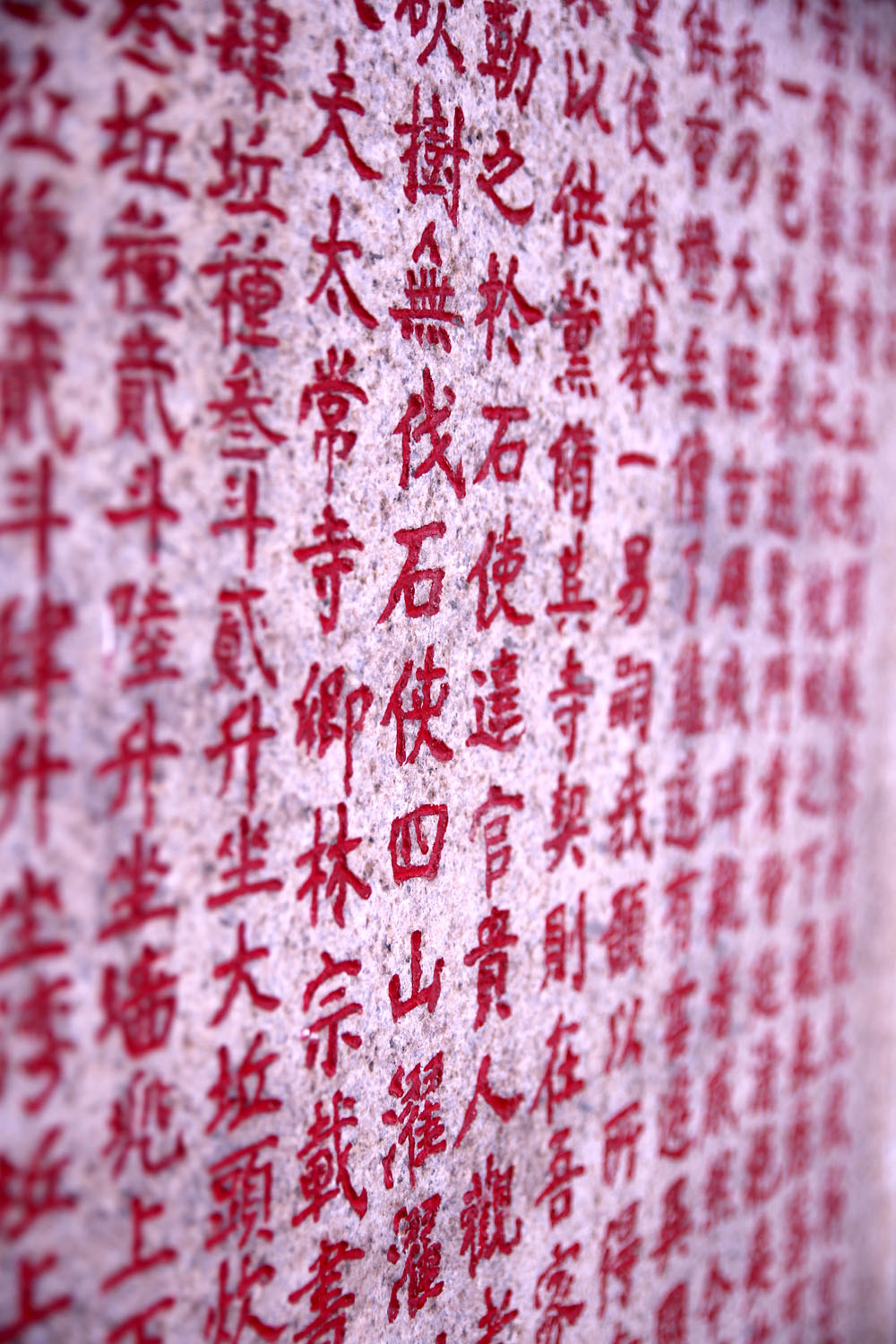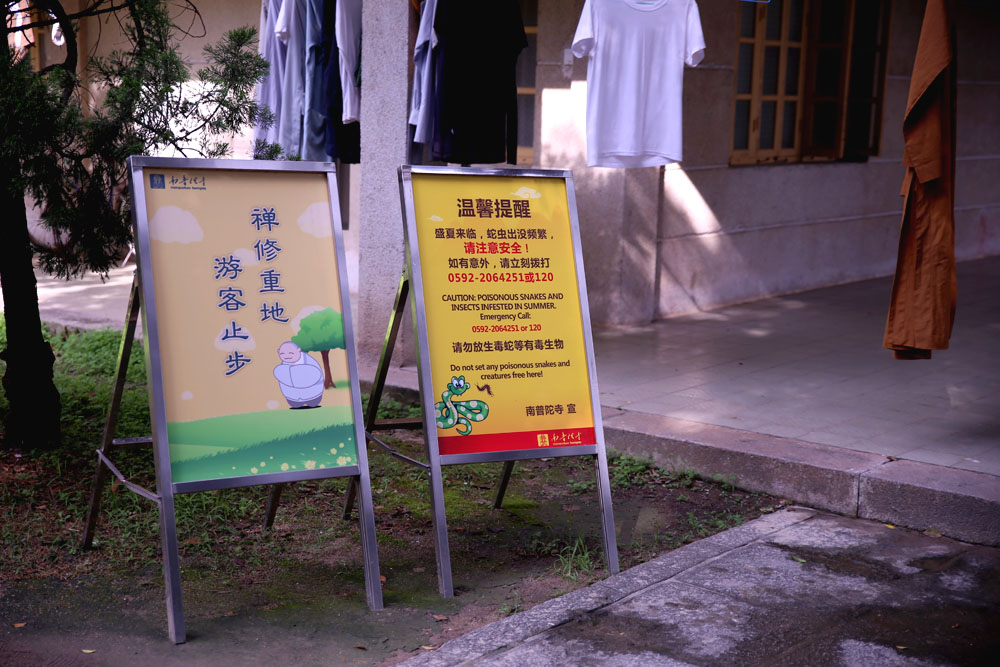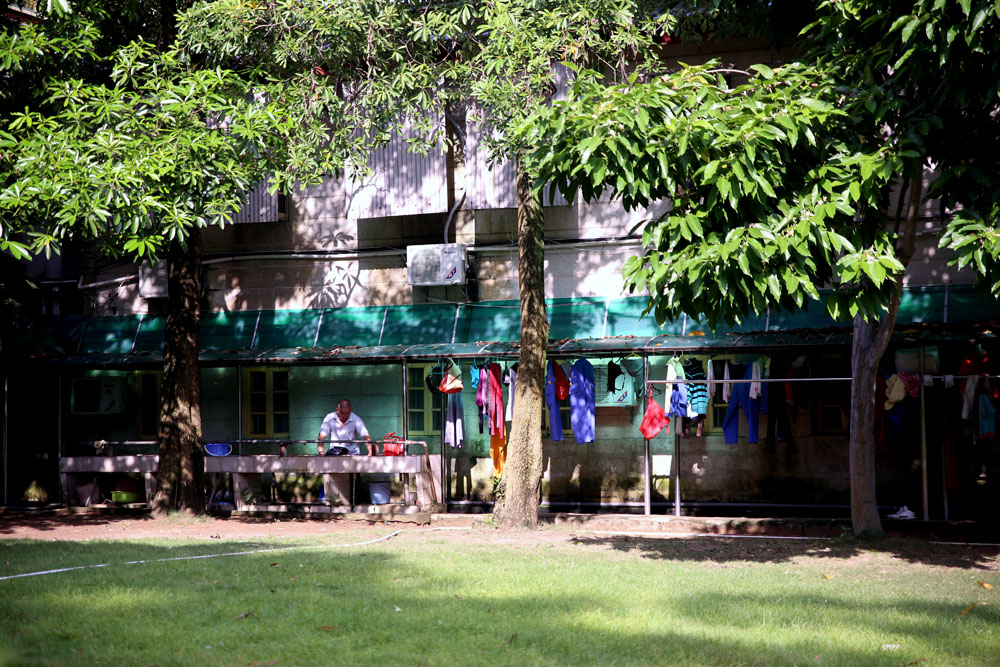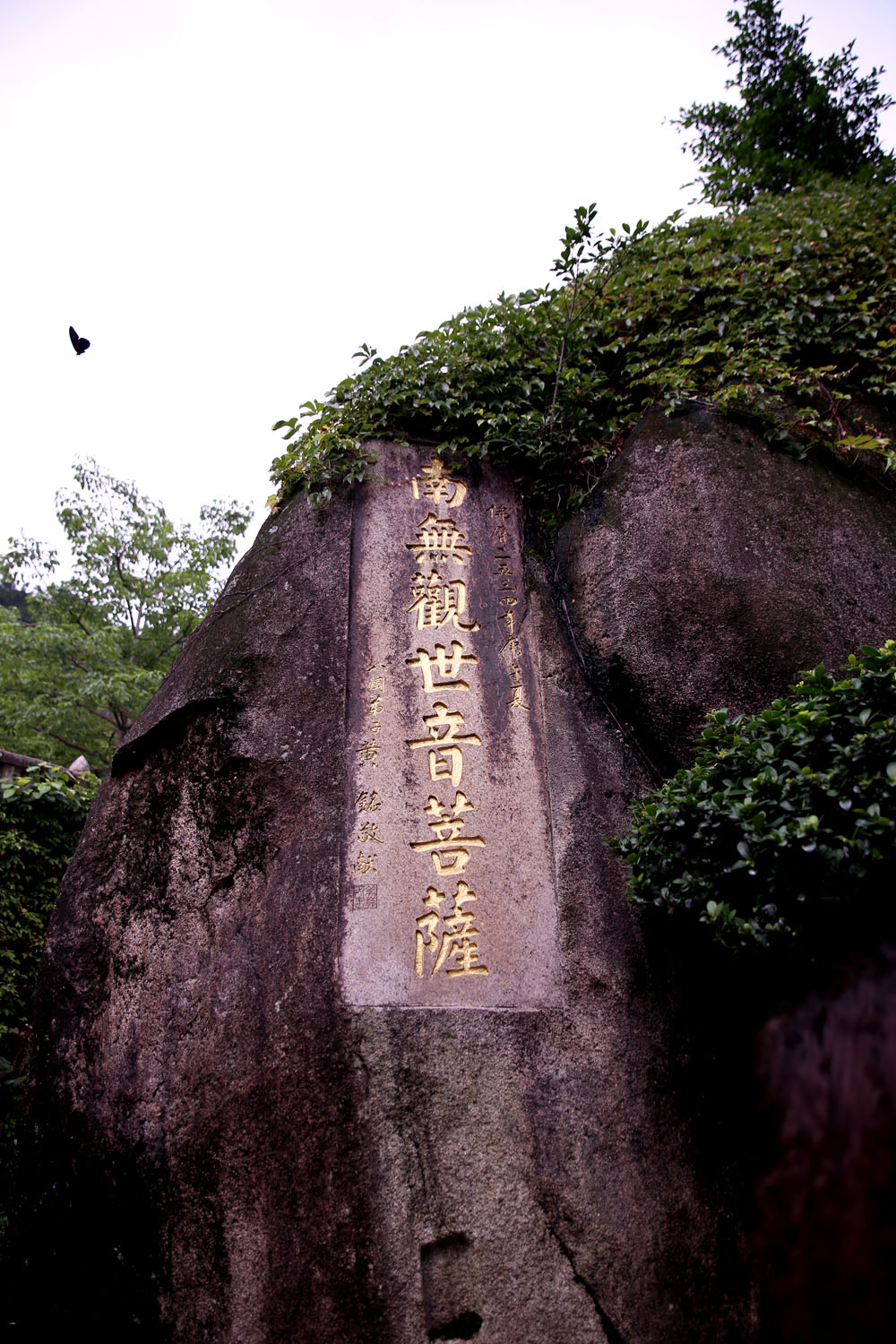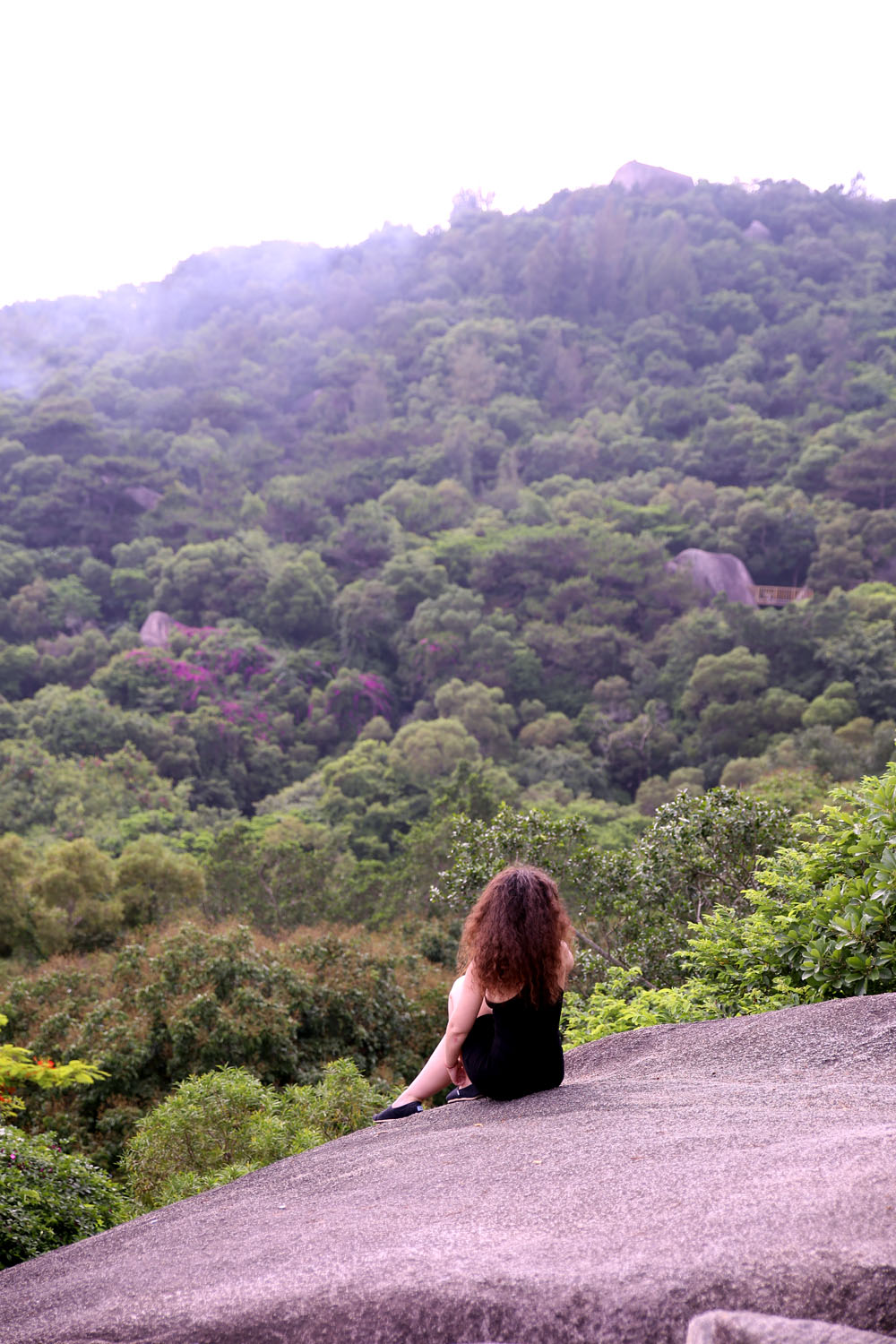The Nanputuo Temple 南普陀寺 is one of the highlights of the Chinese city Xiamen 廈門. And it's also the first buddhist temple I've ever visited! It was built in the Tang Dynasty during the reign of Emperor Xuanzong (8th century) and then destroyed during the Ming Dynasty, then rebuilt, you know how it goes. And just like then it now continues to offer accommodation to pilgrims and serves as an active place of worship - watch for locals lighting incense and reading scriptures. The admission to the temple is free and it's definitely worth a visit. On the site there are three halls and a pavilion filled with dozens of beautiful Buddhist statues and there's also a wonderful vegetarian restaurant plus a souvenir shop (they take cash and Chinese credit cards only).
Chrám Nanputuo 南普陀寺 je středobodem zájmu každého cestovatele, který zavítá do jihočínského Sia-menu 廈門. A taky je to první buddhistický chrám, co jsem ve svém životě navštívila. Byl postaven v osmém století během dynastie Tang za vlády císaře Xuanzonga a stejně jako kdysi i dnes poskytuje ubytování poutníkům. V areálu se nachází pavilon a tři síně, ve kterých jsou desítky buddhistických soch - a vstup je zdarma. Také je tu fantastická vegetariánská restaurace a obchod se suvenýry, ten je klasicky čínsky neklasický, všechny ty korálky a buddhistické přívěsky můžete platit pouze hotovostí či čínskými kartami, ale ceny jsou lidové.
We were the only Caucasians there so when walking towards the visitor information centre everybody was looking at us and finally an elderly Chinese woman offered to be our free English guide since everybody else spoke Chinese only. We obviously couldn't refuse and although we could understand less than 10% of her "English" (I actually think that I'd understand more if she spoke Chinese) it was worth it. We had to stop at every single statue of golden Buddha to show respect which meant we had to bow three times. She also kept nicknaming these Buddhas "potato monk" whatever that meant in her sweet Chinese English. Oh, on a general note, taking pictures of the sacred objects is prohibited just as is stepping on the threshold of any temple.
Byli jsme tu - jako prakticky všude - jediní bílí, takže když jsme procházeli kolem informací pro turisty, hned k nám čile přicupitala starší Číňanka s nabídkou anglické prohlídky, zdarma pochopitelně. Nešlo to odmítnout, takže ačkoliv jsme rozuměli pouhým 10 % její "angličtiny," stálo to za to. U každé sochy zlatého buddhy nám opakovala, že je to "potato monk," ať už to znamená cokoliv, a že musíme projevit respekt, tedy uklonit se třikrát u každé této sochy. A také u každého posvátného sloupu. Všichni návštěvníci se klaněli, takže na tom asi nebylo nic zvláštního, jen člověka po chvíli trochu bolela záda. Žádnou sochu si nesmíte vyfotit a všechny prahy se musí překročit, běda, jak si na nějaký z nich stoupnete.
After the visit I would suggest taking a break on one of the benches along the edge of the lovely ponds in front of the temple. So many lotus blossoms and water lilies! I think I've never seen more in my life. The only thing that scared us a bit was a sign we saw when approaching exit - Caution: Poisonous snakes and insects infested in summer. Good to know. Or not.
Kolem chrámu jsou nádherné rybníčky s lekníny a lotosy, mezi kterými plavou želvy. A pravděpodobně v okolí nejsou jen želvy, protože jsme si při odcházení všimli cedule oznamující zvýšený výskyt jedovatých hadů a hmyzu, díky moc. Je pravda, že ty barevné chlupaté stonožky vypadaly trochu zvláštně.


